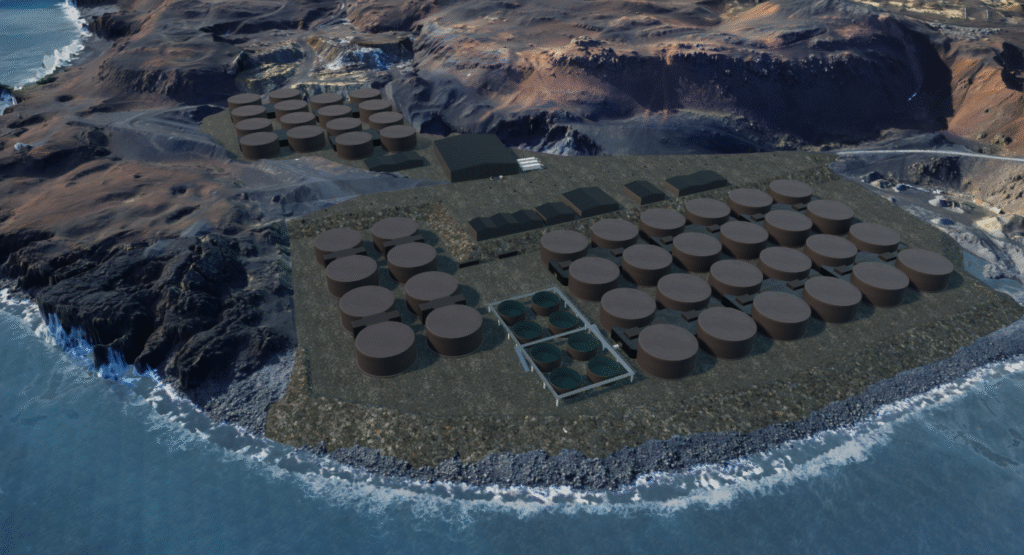Land-based salmon farming investments could potentially reach $2 billion this year in response to uncertainty about the open net-pen industry’s ability to meet growing demand.
Such projects raised a record $1.3bn as of May 25, compared to $780 million in all of 2024, according to data compiled by Spheric Research. That figure could be even higher as some deals are not disclosed publicly.
If history is any guide, project developers will probably close additional debt and equity deals in what remains of the second quarter.
“Looking at data from the last five years, we see that 50% of deal flow in this sector comes in the second quarter, and about 30% during the last six months of the year,” said Matt Craze, founder of Spheric Research, which publishes the annual Land-based Aquaculture Report (LBAR), which you can get more information on here.
“Based on that logic, plus the fundamentals of the salmon market, there is every reason to believe we could end the year at $2bn.”
Deal flow is one of several metrics captured by Spheric in the latest edition of the LBAR. The 2025 report includes capital expenditure, operating expenditure, and capacity utilization data for land-based facilities. For the first time, Spheric will also provide production forecasts for salmon, trout and yellowtail until 2030, highlighting the growing importance of supply coming from land-based farms.
Further deals in the making include the potential for First Water of Iceland to raise an additional €100m-€150m in a process being managed by investment bank Lazard, he said. Laxey, another project entering production this year, is also raising further capital.
Atlantic Sapphire, one of the earliest land-based salmon grow-out projects, has stated its aim to raise capital in the second half of the year.
Even though falling mortality rates at net-pen farms have lifted production, there is every reason to believe that coastal salmon farmers will struggle to significantly increase output in the coming years without major technological breakthroughs. Warmer ocean temperatures are still a major concern in 2025.
Norway’s government recently published a white paper that proposes sweeping changes to the current regulations for salmon farming in the sea. A key proposal in the document would set an average annual mortality rate of 5% with financial penalties for noncompliance. That would represent a significant challenge for an industry whose mortality rate averaged 15% in the last decade.
Salmon farms would have to reduce production by about a third to reach a 5% mortality rate with current technology, DNB Bank vice president Dag Sletmo said at the Fish Pool event held on the sidelines of the Global Seafood Expo in Barcelona, Spain, this year. Such a drop would probably erase the production gains companies expect to reap this year from recirculating aquaculture system (RAS) post-smolt facilities and the deployment of preventative technologies to combat sea lice, such as submerged net pens and lasers.
The rise in ocean temperatures due to climate change is turbocharging old foes like sea lice and pathogens in most of the world’s principal salmon farming regions. Industry opponents are using the public outcry that arises following mass fish die-offs from disease or parasites to lobby authorities for ever stricter regulations or outright bans.
Canada is an example where a ban on net-pen farming in British Columbia caused farmed salmon production to drop to about 90,000 metric tons in 2023 from 148,000t in 2016. Companies in Chile, the world’s second-largest salmon producer, have postponed significant investments in RAS post-smolt facilities and new cage technology pending greater clarity about president Gabriel Boric’s plan to overhaul regulations.
The money flowing into land-based salmon farming this year shows investors are once again warming to the sector following a false dawn earlier in the decade. A new generation of projects in Norway, Japan and Iceland is deploying hybrid flow-through and RAS technologies with promising results.


